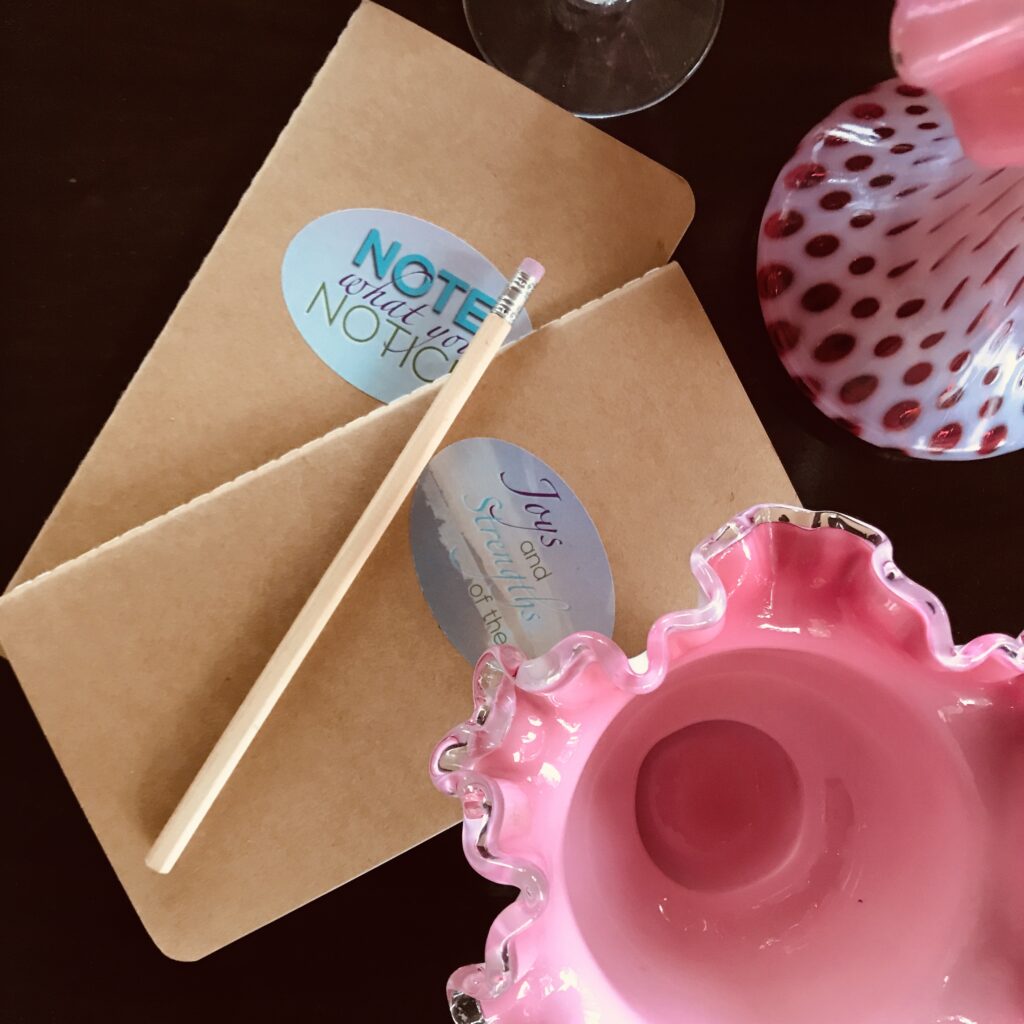Mindfulness is a practice that can often seem intangible because it involves mental and emotional processes rather than physical ones. However, there are several ways to make the intangible tangible as it pertains to mindfulness. By incorporating these practices into your mindfulness practice, you can make the benefits of mindfulness more tangible and easier to recognize.
- Use Measurable Metrics: Just like physical exercise, you can use measurable metrics to track your progress in mindfulness. You can use metrics like the amount of time you spend practicing mindfulness each day, the number of times you catch yourself being mindless or distracted during the day, or the number of mindful moments you experience. By tracking these metrics over time, you can see the progress you’re making and recognize the tangible benefits of your mindfulness practice.
- Focus on Physical Sensations: Mindfulness can often seem intangible because it is focused on mental and emotional processes. However, by focusing on physical sensations, you can make mindfulness more tangible. For example, you can focus on the sensation of your breath, the feeling of your feet on the ground, or the sensation of your body in motion during yoga or other mindfulness practices. By focusing on physical sensations, you can ground yourself in the present moment and make mindfulness more tangible.
- Keep a Journal: Journaling can be a helpful tool for making the benefits of mindfulness more tangible. By writing down your thoughts, feelings, and experiences during mindfulness practice, you can reflect on the progress you’re making and recognize the tangible benefits of your practice. You can also use your journal to track your progress over time, noting any changes in your mental or emotional state.
- Seek Feedback: Seeking feedback from others can also make the benefits of mindfulness more tangible. You can ask friends, family members, or mindfulness instructors for feedback on your progress, noting any changes they’ve noticed in your behavior or mood. By seeking feedback, you can gain a better understanding of the tangible benefits of your mindfulness practice.
Making the intangible tangible as it pertains to mindfulness involves using measurable metrics, focusing on physical sensations, keeping a journal, and seeking feedback from others. By incorporating these practices into your mindfulness practice, you can recognize the tangible benefits of mindfulness and stay motivated to continue your practice.

